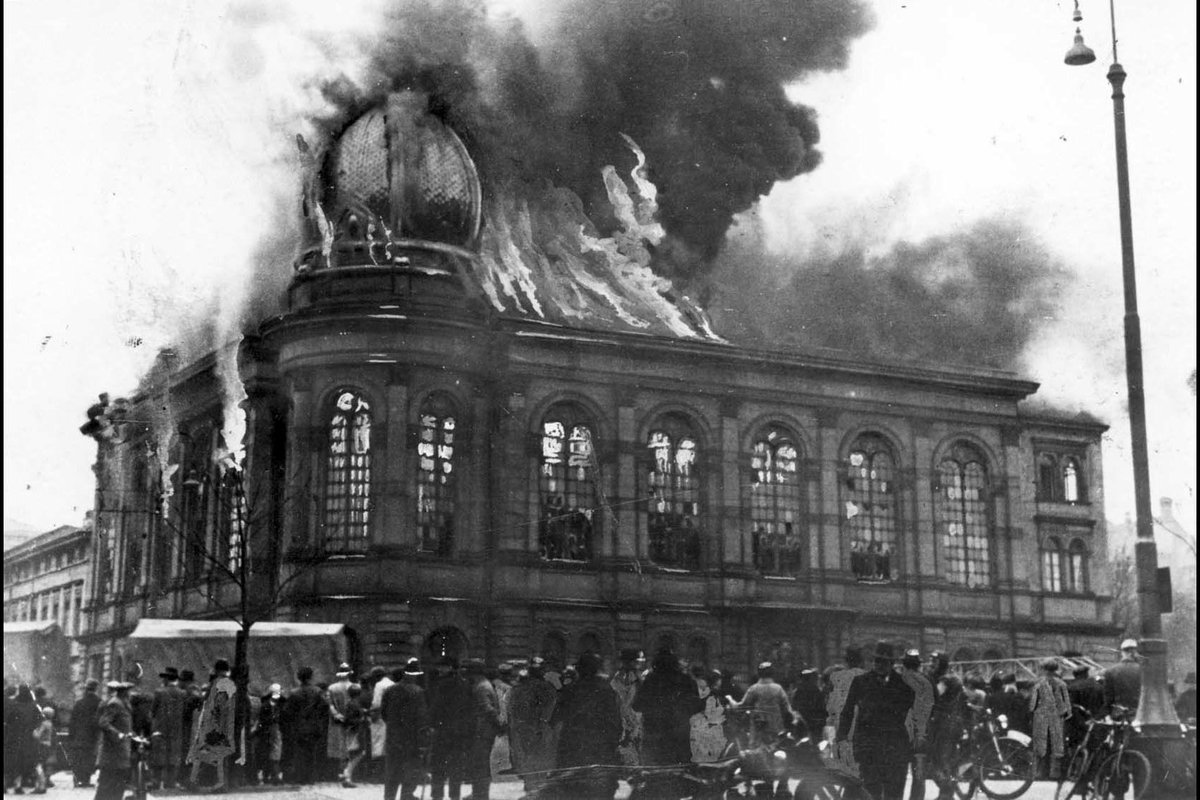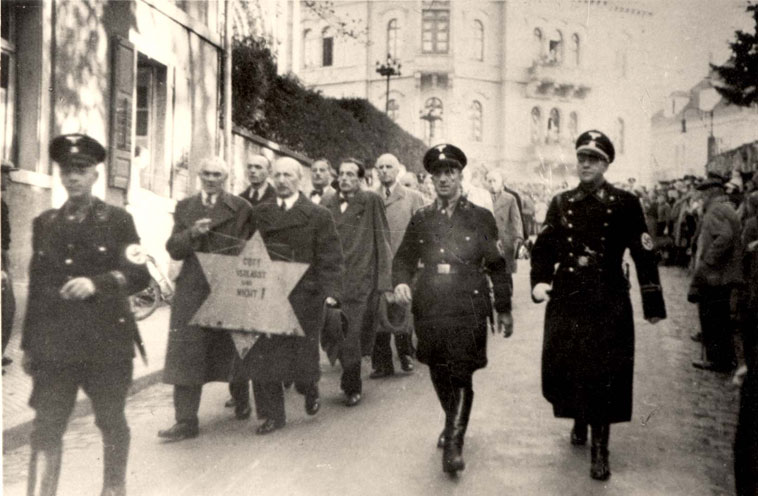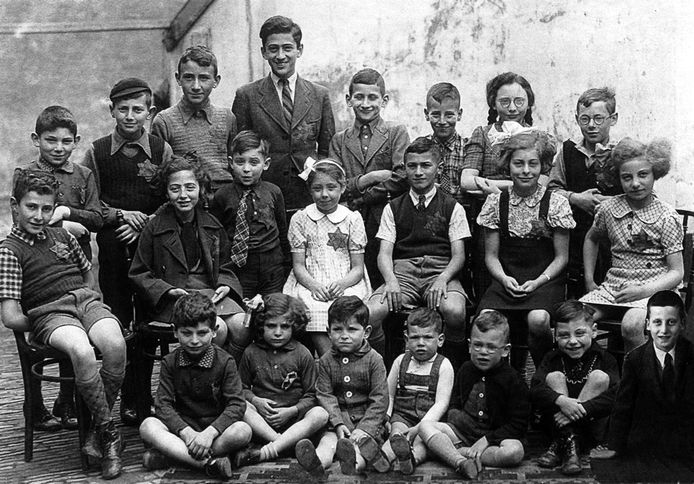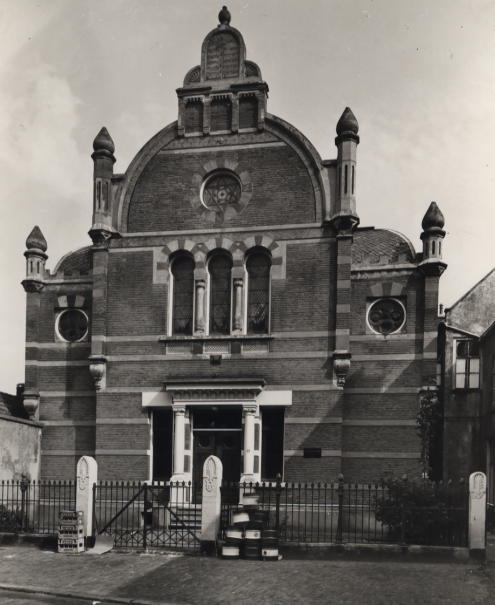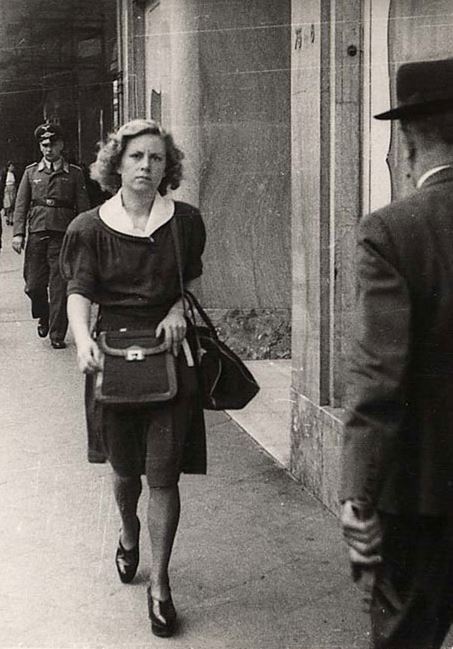(1/n) While reading this book "De jodenvervolging in foto's" (The persecution of the Jews in photos) I read the story of Johannes, or Hannes, Boogaard and his family. Hannes was a deeply religious man, a farmer, who lived in Nieuw-Vennep. He was 75 when the war broke out.
⬇️


⬇️
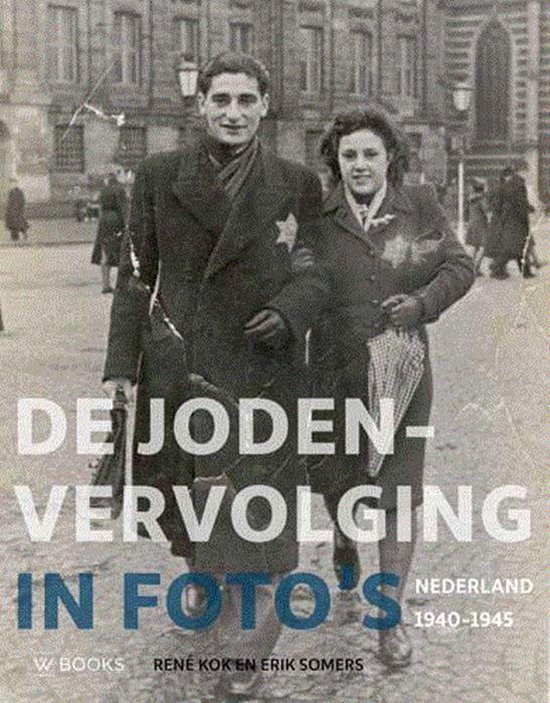


(2/n) He lived there with his sons Willem & Theunis and daughter Aagje. 2 of his 9 other children, sons Hannis & Piet, lived nearby.
The resistance of Hannes started early. He was told by the Germans to sow rapeseed, but he refused.
Early 1942 the first person came to hide.
⬇️

The resistance of Hannes started early. He was told by the Germans to sow rapeseed, but he refused.
Early 1942 the first person came to hide.
⬇️


(3/n) More people would follow soon. Hiding places were made all over the yard. In a bomb shelter, in a hay stack, in a old car...
At some point around 70 people were hiding there. In the beginning this would lead to major problems getting enough food. They needed 280 kg..
⬇️



At some point around 70 people were hiding there. In the beginning this would lead to major problems getting enough food. They needed 280 kg..
⬇️




(4/n) ..of potatoes per week and 30 loaves of bread a day. After a year they got help from the resistance, but still it was a big problem. In the area it was an open secret that they offered shelter to people in hiding. They were warned many times, but couldn't refuse anyone.
⬇️

⬇️


(5/n) The farm was raided at least 4 times. During the 2nd one 11 people were 'arrested'. Old Hannes was also taken and was imprisoned for 10 weeks. A German judge acquitted him 'because he had not acted for profit, but in fulfillment of the commandment of Jesus Christ'.
⬇️


⬇️



(6/n) But Hannes himself said: "As soon as I can do it, I'll do it again.", and he did...
But on 06-10-1943 his luck changed. The Germans thought they were running an illegal slaughterhouse and raided the farm. A police man finds a group of children in the barn and he says..
⬇️
But on 06-10-1943 his luck changed. The Germans thought they were running an illegal slaughterhouse and raided the farm. A police man finds a group of children in the barn and he says..
⬇️
(7/n) “Jewish children! You are all coming.” and he tries to warn the others. Another person in hiding shoots the policeman. The other police men fled but would return.
Son Willem took a group of children but the whole area was surrounded. So he and the children hid in...
⬇️
Son Willem took a group of children but the whole area was surrounded. So he and the children hid in...
⬇️

(8/n) a nearby ditch. The children were shaking with fear and cold. They stayed there the whole day but were not discovered.
All the 34 adults in hiding were taken and none of them survived. Old Hannes and his children Aagje and Piet were also 'arrested'. Piet died in Vught.😢
⬇️


All the 34 adults in hiding were taken and none of them survived. Old Hannes and his children Aagje and Piet were also 'arrested'. Piet died in Vught.😢
⬇️



(9/n) Hannes was murdered in Sachsenhausen.😢
Aagje returned but never fully recovered.
The 22 children were dispersed in ten days by the resistance.
Story in Dutch:
haarlemmermeergemeente.nl/nieuws/zeventi…
(translated) English:
…rlemmermeergemeente-nl.translate.goog/nieuws/zeventi…
Docu on Youtube:

Aagje returned but never fully recovered.
The 22 children were dispersed in ten days by the resistance.
Story in Dutch:
haarlemmermeergemeente.nl/nieuws/zeventi…
(translated) English:
…rlemmermeergemeente-nl.translate.goog/nieuws/zeventi…
Docu on Youtube:

(10/n) During the war Hannes and his family provided shelter for more than 300 Jews.
Hannes, you were an unbelievable brave man, we will remember you and all the other poor souls who did not survive.
But we will also remember all the people who DID survived thanks to you!🕯️❤️🕯️
Hannes, you were an unbelievable brave man, we will remember you and all the other poor souls who did not survive.
But we will also remember all the people who DID survived thanks to you!🕯️❤️🕯️
• • •
Missing some Tweet in this thread? You can try to
force a refresh



